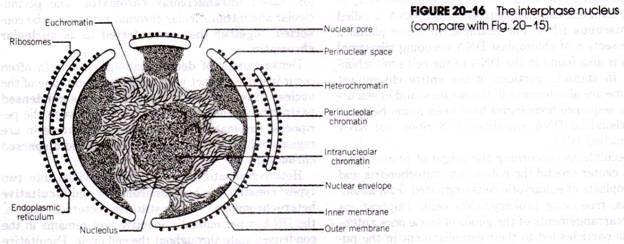The below mentioned article provides a biology note on the blastocladiales which chiefly occurs in stagnant water.
The saprophytic members of this order occur chiefly in water which is often rather stagnant. Some saprophytic species are soil dwellers. This occurs in the wet soil. Some species are parasitic. They attack fungi and invertebrates such as insects, worms and rotifers.
The somatic phase (Fig. 4.8) is more complex and variable than the Chytridiales. Often the thallus is large enough to be seen with the naked eye. The tendency to increased complexity of vegetative structure is evident. In the simplest forms, the soma shows only slight advance on the chytrids.
For example in Blastocladiella emersonii, the simple eucarpic thallus consists of an insignificant basal cell and a tuft of attaching rhizoids, the former bearing a thin (A) or thick- walled terminal sporangium (B). The basal cell in B. variabilis is more prominent and Thin-walled Thick-walled cylindrical in form (C).
There is no sporangium sporangium mycelium. Blastocladia pringsheimii has a thallus differentiated into rhizoids and a stout trunk like hypha arising from the former to project in the water (D). The plantule bears the reproductive structures. In Allomyces which is a soil dweller, thallus is hyphal.
It is filamentous and consists of richly branched, multinucleate hyphae (Fig. 4.9 A). The hyphae carry on the metabolism of the fungus and reproductive structures are borne on the tips of dichotomies. The wall is of fungus chitin. The Blastocladiales are more advanced than the Chytrids in the physiology of their nutrition.
Asexual reproduction is by uniflagellate zoospores. The single whiplash flagellum is inserted posteriorly (opisthocont).
The zoospores are produced in two kinds of sporangia:
(i) The thin-walled sporangia and
(ii) Thick-walled resting or resistant sporangia.
The latter usually have thick pitted walls. The former are called mitosporangia and the latter meiosporangia. The two kinds of sporangia may occur on different plants (Blastocladiella) but in most species (Blastocladia and Allomyces) both types occur regularly on the same plant.
Sexual reproduction is not universal in the order. Where found it takes places by the primitive method of planogametic copulation as in the Chytrids. The fusing gamates are unflagellare, isoplanogametes in some in others.
The motile cells (zoosoplanogametes, possess a centrally located nuclear cap composed of mass of ribonucleic acid. The order comprises 5 genera with about 40 species. It is divided into 3 families, namely, Coelomomycetaceae, Catenariaceae and Blastocladiaceae. The last one is discussed here as it is the most typical and well investigated.

